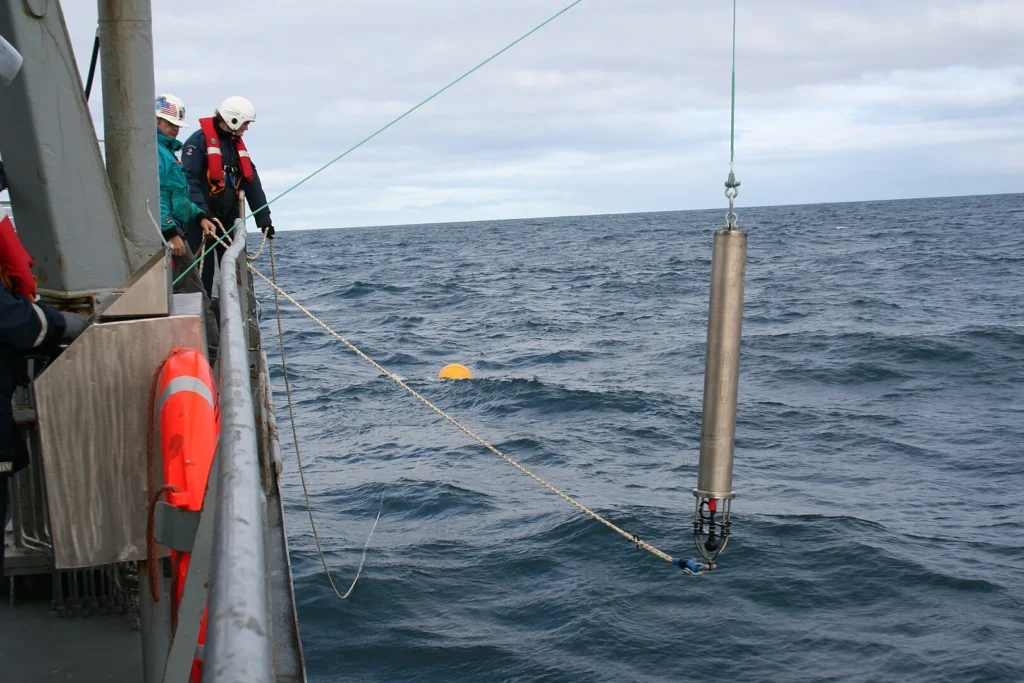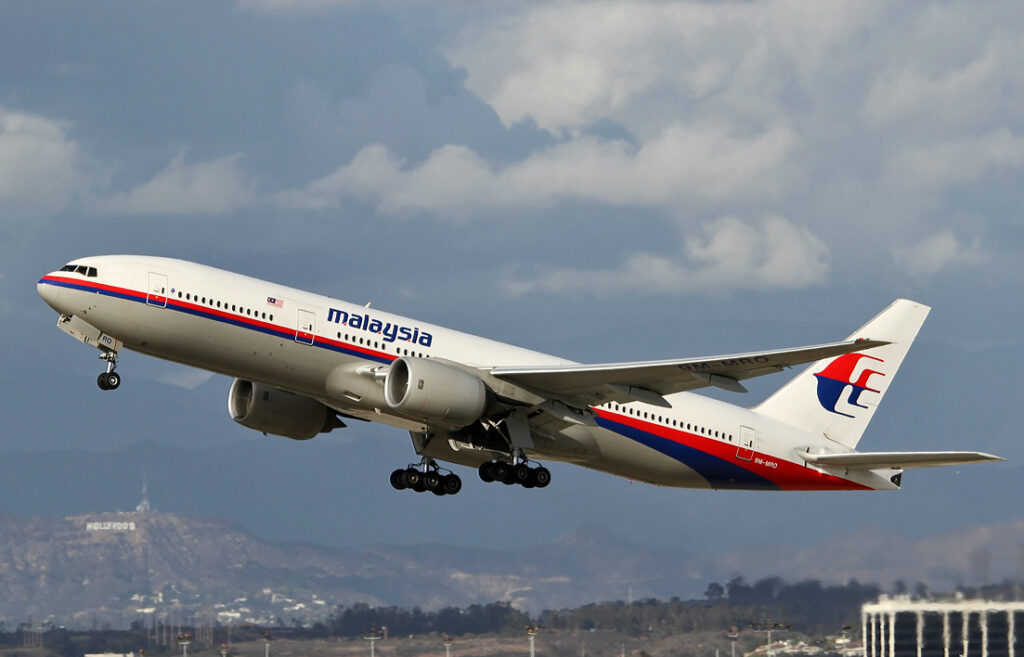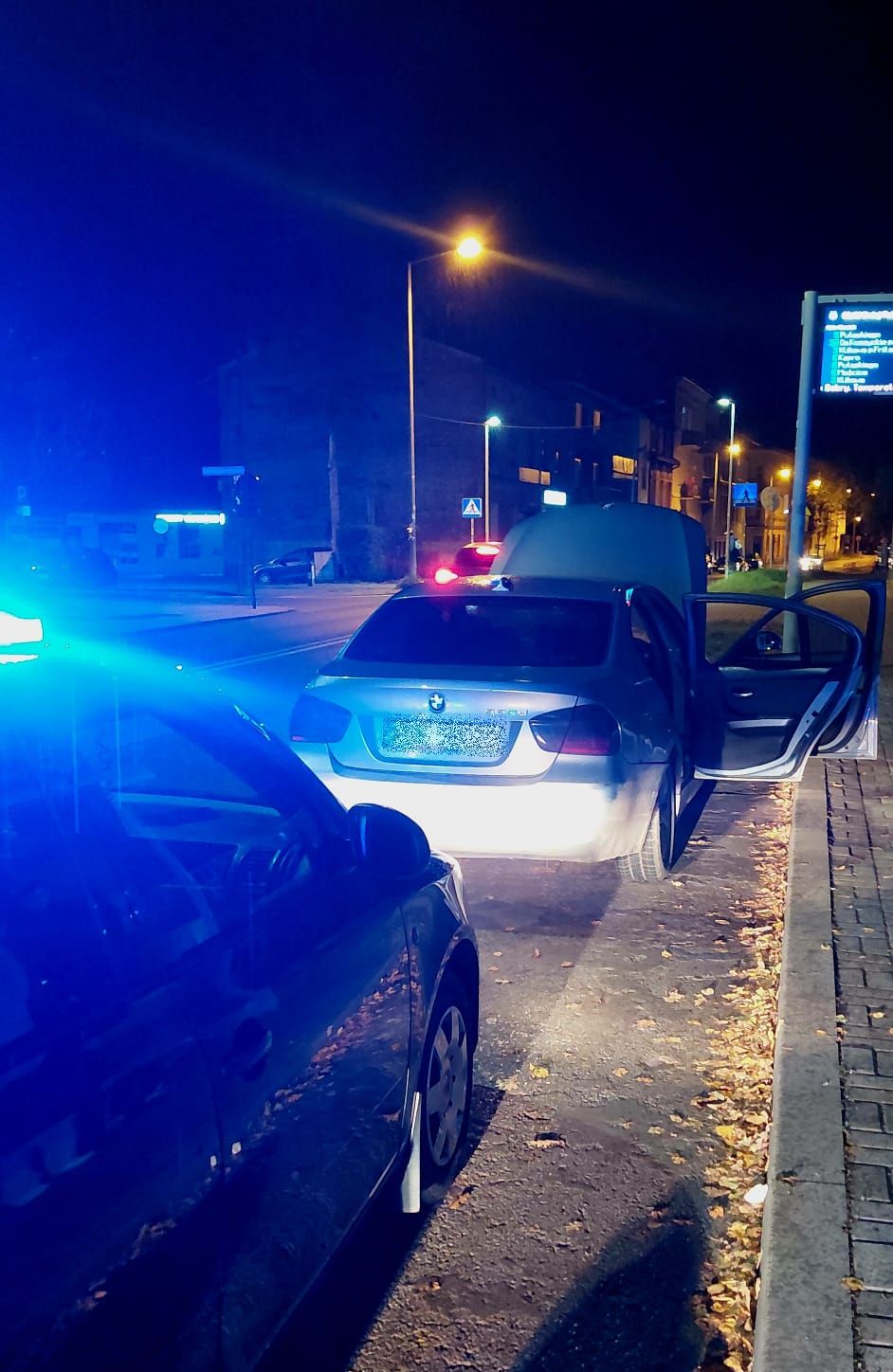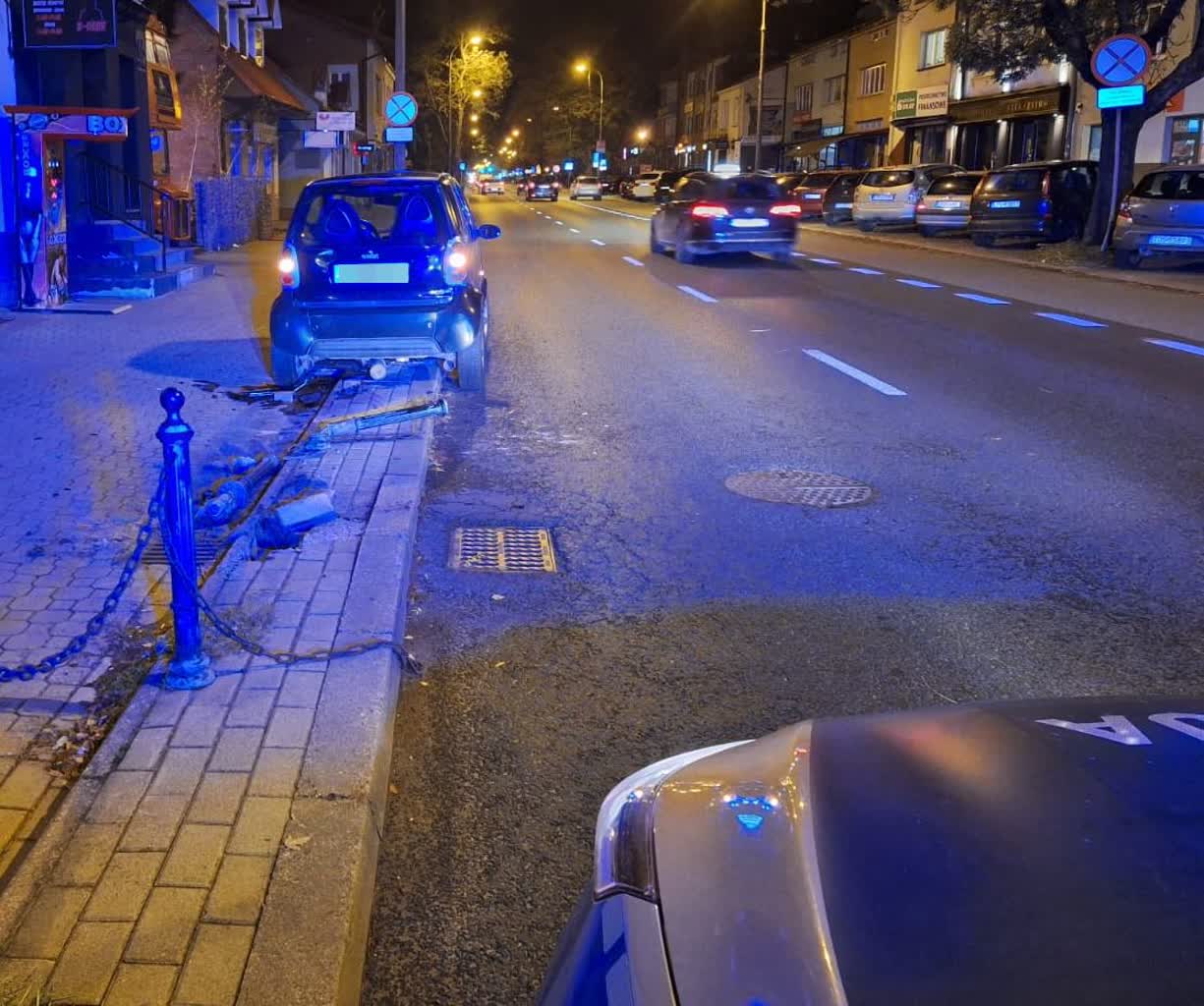
CARDIFF- New research suggests that the mystery surrounding Malaysia Airlines (MH) flight MH370 could be solved using sound.
On March 8, 2014, 239 passengers and crew members boarded a Boeing 777 flight from Kuala Lumpur International Airport (KUL). However, the plane disappeared from air traffic control’s secondary surveillance radar mid-flight and never reached its destination, Beijing Capital International Airport (PEK) in China.
MH370 Mystery Could Be Solved
Over a decade later, officials are still uncertain about what happened to flight MH370. Despite extensive search efforts, only small parts of the airplane have been found.
Researchers from Cardiff University suggest that clues to the disappearance might be hidden in hydrophone recordings. According to NOAA’s National Ocean Service, a hydrophone is an underwater device that detects and records ocean sounds from all directions.
Dr. Usama Kadri, a mathematician and engineer, noted that hydrophones were active at Western Australia’s Cape Leeuwin and Diego Garcia in the Indian Ocean during the flight’s disappearance.
“A 200-tonne aircraft crashing at a speed of 200 meters per second would release kinetic energy equivalent to a small earthquake,” Dr. Kadri wrote in The Conversation.
“It would have been sufficiently large to register on hydrophones thousands of kilometers away.”
 Photo: By Dave Mellinger/Oregon State University – Flickr, CC BY-SA 2.0, https://commons.wikimedia.org/w/index.php?curid=48583320
Photo: By Dave Mellinger/Oregon State University – Flickr, CC BY-SA 2.0, https://commons.wikimedia.org/w/index.php?curid=48583320Hydrophone Can Find the Crash Site
Dr. Kadri and his team analyzed data from the Comprehensive Nuclear-Test-Ban Treaty Organization’s (CTBTO) hydroacoustic stations, focusing on signals along MH370’s initial flight path.
Initially, no corresponding acoustic signatures were detected, although the researchers assert that these findings are inconclusive.
“Given the sensitivity of hydrophones, it is highly improbable that a large aircraft impacting the ocean surface would not generate a detectable pressure signature, especially on nearby hydrophones. However, adverse ocean conditions could potentially attenuate or obscure such a signal.”
Dr. Kadri noted that while the university’s research into hydrophones has not pinpointed the exact crash site of MH370, it has underscored “the potential of hydroacoustic technology in unraveling this mystery.”
“By refining our approaches and conducting additional experiments, we aim to gain fresh insights into the fate of MH370 and enhance our capabilities to respond to future maritime incidents.”
He emphasized that these ongoing efforts are aimed at providing closure to the affected families and improving the team’s scientific capabilities to “monitor and comprehend aviation accidents across vast oceanic areas.”
 Photo: The original uploader was Ohconfucius at English Wikipedia. – Transferred from en. Wikipedia to Commons., CC BY-SA 2.0, https://commons.wikimedia.org/w/index.php?curid=31823299
Photo: The original uploader was Ohconfucius at English Wikipedia. – Transferred from en. Wikipedia to Commons., CC BY-SA 2.0, https://commons.wikimedia.org/w/index.php?curid=31823299It’s been 10 years
Earlier this year, Malaysian Transport Minister Anthony Loke pledged to resume the search for the missing plane during an event commemorating the 10th anniversary of the tragedy.
“The Malaysian government is dedicated to continuing the search; the effort must persevere.”
Ocean Infinity, a company that had made two previous attempts to locate the plane, has recently proposed a new offer based on a ‘no find, no fee’ arrangement to locate the flight.
Join us on Telegram Group for the Latest Aviation Updates. Subsequently, follow us on Google News.
MH370 Search: Malaysia Likely to Begin Search After 10 Years
The post MH370: New Research Claims that Hydrophone Could Solve the Mystery appeared first on Aviation A2Z.

 1 rok temu
1 rok temu
















